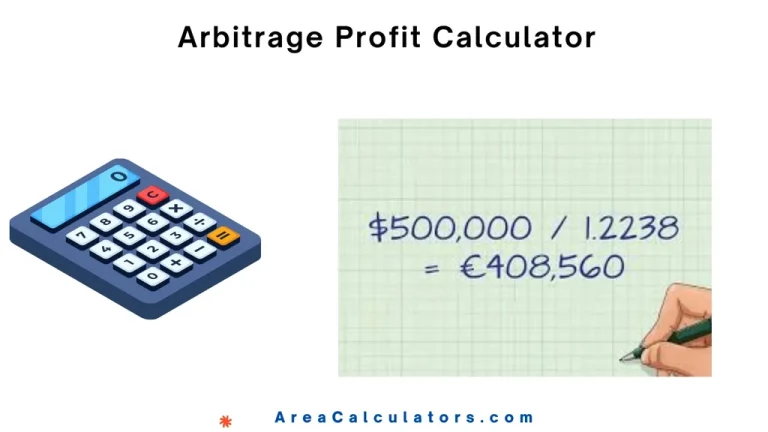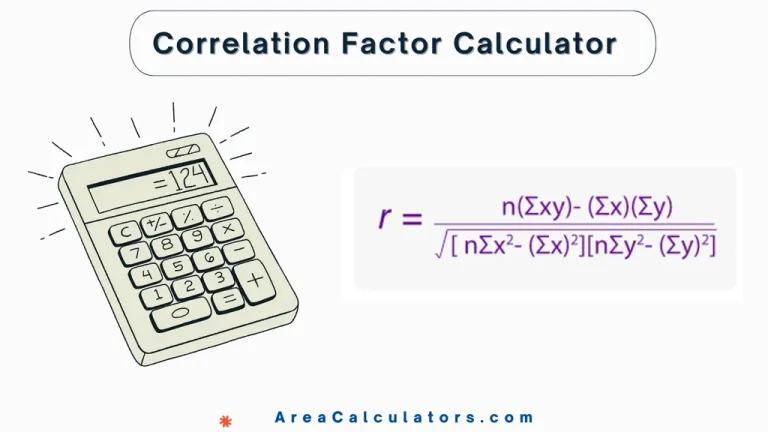Comparative Fit Index Calculator
To calculate the Comparative Fit Index, subtract the ratio of model degrees of freedom (dfm) to baseline degrees of freedom (dfb) from the NFI. Then divide this result by 1 minus the same ratio (dfm/dfb).
The Comparative Fit Index (CFI) is a statistical measure used in structural equation modeling to assess the fit of a proposed model compared to a baseline model. It quantifies how well the proposed model fits the observed data relative to a more restricted baseline model.





